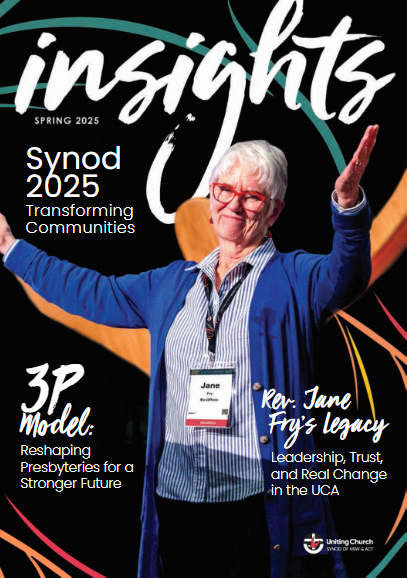Although this was Disney’s misfire for 2015, Brad Bird’s Tomorrowland is one of those films which should give us pause.
As a treatise on the future of both the environment and in fact the future of the world, the film has merit in that it raises discussions about why we should buy into the now commonplace dystopian narrative that so dominates our large and small screens. This is particularly pertinent given that much of the material about the apocalypse is aimed at teens.
Many of these dystopian stories are usually set in the not-so-distant future, and reflect our fears about the consequences of the excesses of contemporary societies: over-population, mechanized living, environmental destruction, violence and war, technology used to control and exploit people, health problems, persecution of individualists, and authoritarian rulers.
Tomorrowland bucks this trend trying to sell us the idea that while climate change and what we are doing to the planet is real, there is hope. Hope that we can change the future by taking action, by believing in the possibility of a different outcome. It’s a glass-half-full, glass-half-empty-type argument.
This glass half full scenario is the contemporary setting of Tomorrowland, and the end-of-the-world as we know it is clearly on the way. But the film’s biggest question though is, does it have to be?
Director Brad Bird previously revealed his take on the human condition with the animated film The Iron Giant (1999), an anti-guns parable about the friendship between a self-sacrificing robot and a boy who protects him. Bird maintains the same counter-cultural thrust in this film where he challenges us to empathise with three unconventional rebels in a time where there is little hope for the future of the human race.
Tomorrowland begins at the 1964 World’s Fair in New York, where a young Frank Walker (Thomas Robinson) enters his invention of a jet pack for flying in a contest for things that will make the world a better place. The judge, Nix (Hugh Laurie), is not impressed asking Frank what is the purpose of the jet pack, but a mysterious girl named Athena (Raffey Cassidy) encourages him. She gives him a pin that enables him to enter another dimension, known as Tomorrowland.
Years later high school student Casey Newton (Britt Robertson) listens in class to dire facts about the inevitability of world war, environment destruction, extreme weather, and even that the dystopian world of Orwell’s 1984 is fast becoming a reality. As the teacher drones on about how broken the planet is, Casey puts up her hand and simply says “I get that things are bad, but what can we do to fix it?”
For Casey it’s all about the way we look at a situation as she explains in one scene: “Two wolves are fighting. One wolf represents darkness and despair. The other lightness and hope. Which one will win? The one you feed.”
This basic retelling of an Cherokee Indian legend is reminiscent of our spiritual and fleshly natures that the Bible talks about in Ephesians 2:1-3, Galatians 5:16-17 and John 3:6.
Casey is an optimist and believes that even small actions can change the world. She’s been trying to sabotage the tearing down of a space platform where her father (Tim McGraw), a NASA engineer, works. Arrested for trespassing, she spends the night in jail. Among her things when she is released is a pin that takes her to Tomorrowland.
Needless to say that her trip to Tomorrowland changes her life and sets in motion a series of events, one of which is to seek out the adult Frank Walker (George Clooney) and together they set about to change the course of the future of the planet.
Some have criticised the film for being preachy about climate change and that its “villain” Nix falls into the common trap of heavy exposition. But it becomes clear if you understand the meta narrative of the film that his diatribe about humans buying into their own destruction is needed. He is absolutely certain that the way to get people to change is to bombard them with predictions of the world’s collapse. In a passionate speech, he describes many characteristics of our world today where people are consumed by greed and prone to constant distractions. We have become apathetic and bought into the global prognosis of dystopia. Will the future simply be a self fulfilling prophecy?
At the heart of the film is a bold affirmation of imagination as the force that can save civilization, and that bold new ideas can change the way we do things. We can innovate and speculate and create a better future for ourselves. Perhaps the film’s only misstep is to suggest that humans are capable of this themselves. There is really no mention of a higher power or God in the film, but imagination itself is a gift from God.
A dystopian future isn’t set in stone.
The optimistic girl, the robot who is able to override her programming, and the boy-genius turned adult inventor discover that the way to avert the impending disaster requires both a change of heart and a change of mind. They want others, especially young people, to join them, starting with the belief that transformation is possible.
As Frank explains to the new recruits, “We are looking for dreamers, anyone who will feed the right wolf, the ones who haven’t given up.”
Tomorrowland isn’t perfect, but it feeds the right wolf.
Adrian Drayton





